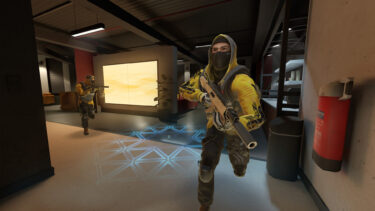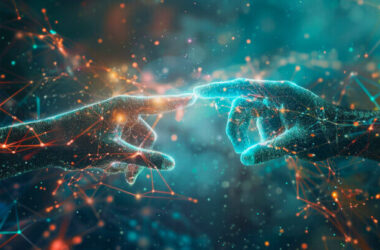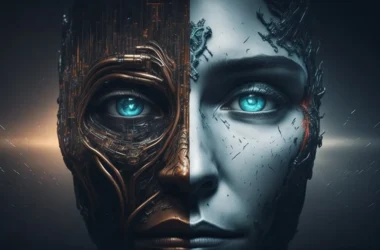Google DeepMind investigated vision-language model applications, focusing on their potential for end-to-end robotic control. This investigation sought to determine whether these models were capable of broad generalisation. Furthermore, it investigated whether certain cognitive functions, such as reasoning and planning, which are frequently associated with expansive language models, could emerge in this context.

The fundamental premise behind this exploration is intrinsically linked to the characteristics of large language models (LLMs). Such models are designed to generate any sequence capable of encoding a vast range of information. This includes not just common language or programming code like Python, but also specific commands that can guide robotic actions.
To put this into perspective, consider the model’s ability to understand and translate specific string sequences into actionable robotic commands. As an illustration, a generated string such as “1 128 91 241 5 101 127 217” can be decoded in the following manner:
Such a configuration enables the robot to modify its state across six degrees of freedom. Drawing a parallel, just as language models assimilate general ideas and concepts from vast textual data on the internet, the RT-2 model extracts knowledge from web-based information to guide robotic actions.
The potential implications of this are significant. If a model is exposed to a curated set of trajectories that essentially indicate, “to achieve a particular outcome, the robot’s gripping mechanism needs to move in a specific manner,” then it stands to reason that the transformer could generate coherent actions in line with this input.

A crucial aspect under evaluation was the capacity to execute novel tasks not covered during training. This can be tested in a few distinct ways:
1) Unfamiliar Objects: Can the model replicate a task when introduced to objects it hasn’t been trained on? Success in this aspect hinges on converting the visual feed from the camera into a vector, which the language model can interpret. The model should then be able to discern its meaning, link a term with its real-world counterpart, and subsequently guide the robotic arm to act accordingly.
2) Different Backgrounds: How does the model respond when the majority of the visual feed consists of new elements because the backdrop of the task’s location has been entirely altered? For instance, a change in tables or even a shift in lighting conditions.
3) Varied Environments: Extending the previous point, what if the entire location itself is different?
For humans, these scenarios seem straightforward – naturally, if someone can discard a can in their room, they should be able to do so outdoors as well, right? (On a side note, I’ve observed a few individuals in parks struggling with this seemingly simple task). Yet, for machinery, these are challenges that remain to be addressed.
Graphical data reveals that the RT-2 model outperforms some of its predecessors when it comes to adapting to these new conditions. This superiority largely stems from leveraging an expansive language model, enriched by the plethora of texts it has processed during its training phase.
One constraint highlighted by the researchers is the model’s inability to adapt to entirely new skills. For instance, it wouldn’t comprehend lifting an object from its left or right side if this hasn’t been part of its training. In contrast, language models like ChatGPT have navigated this hurdle rather effortlessly. By processing vast amounts of data across a myriad of tasks, these models can swiftly decipher and act upon new requests, even if they’ve never encountered them before.
Traditionally, robots have operated using combinations of intricate systems. In these setups, higher-level reasoning systems and foundational manipulation systems often interacted without efficient communication, akin to playing a game of “broken phone”. Imagine conceptualizing an action mentally, then needing to relay that to your body for execution. The newly introduced RT-2 model streamlines this process. It empowers a single language model to undertake sophisticated reasoning while also dispatching direct commands to the robot. It demonstrates that with minimal training data, the robot can carry out activities it hasn’t explicitly learned.
For instance, to enable older systems to discard waste, they required specific training to identify, pick up, and dispose of trash. In contrast, the RT-2 already possesses a fundamental understanding of waste, can recognize it without targeted training, and can dispose of it even without prior instruction on the action. Consider the nuanced question, “what constitutes waste?” This is a challenging concept to formalize. A chip bag or banana peel transitions from being an item to waste post-consumption. Such intricacies don’t need explicit explanation or separate training; RT-2 deciphers them using its inherent understanding and acts accordingly.
Here’s why this advancement is pivotal and its future implications:
Source: mPost





